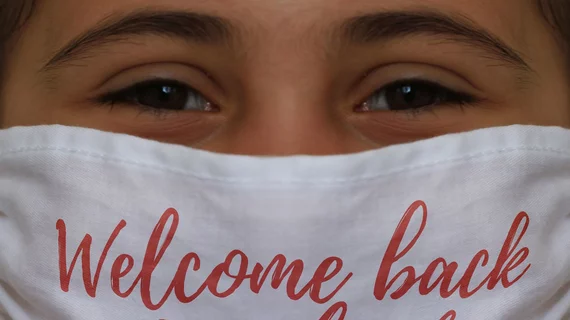Large shift back toward in-person clinical education a good sign for radiology’s post-pandemic future
Radiography and nuclear medicine educational program directors across the country are increasingly moving back toward in-person clinical rotations since the pandemic first halted the practice back in April, according to new data.
The American Society of Radiologic Technologists gathered responses from more than 350 program directors for their annual survey. Overall, programs appear to be rebounding from COVID-19’s devastating impacts.
Specifically, about 74% said the pandemic has reduced their ability to place students in a clinical setting, down from a whopping 98% tallied by ASRT in an April 2020 survey. And according to these new figures covering 2020, less than 1% of programs have eliminated their entire clinical rotation schedule.
“These responses indicate a large shift back toward allowing students into clinical rotations from the April 2020 survey when 61.8% of respondents had eliminated their entire clinical rotation schedule and only 13.3% had eliminated less than 25% of their scheduled clinical rotations,” ASRT said of its findings published Friday.
The central aim of the radiologic technologists’ new questionnaire, sent to leaders on the American Registry of Radiologic Technologists' email list in October, was to track student enrollment levels across educational programs. In that regard, enrollment in radiography and nuclear medicine programs declined slightly. Compared to 2019, about 352 fewer individuals were signed up for radiography programs, while nuclear medicine enrollment fell by 53 students.
On the flip side, radiation therapy enrollment grew slightly, inching up from 1,155 in 2019 to 1,182 students in 2020.
Such programs appear to be gaining in popularity, with 59% currently at student capacity. Meanwhile, 53.6% of radiography programs and 32% of nuclear medicine are completely full.
Read the entire survey results for free, here.

